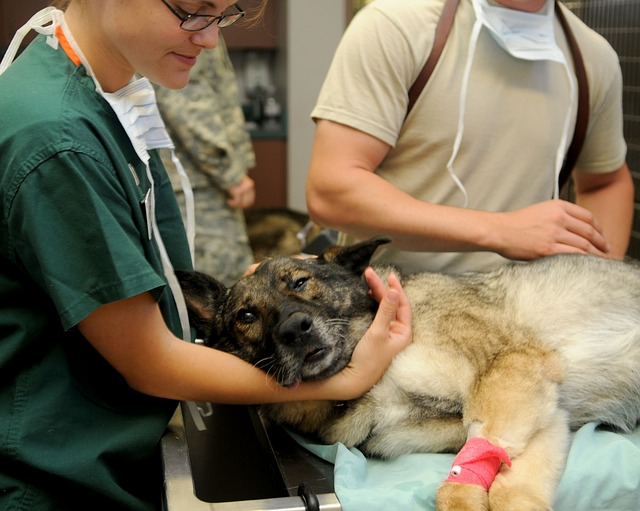Are Opioid Prescriptions for Pets Diverted to Humans?
/By Pat Anson, PNN Editor
Opioid prescriptions for pets have soared over the past decade and may have helped fuel the opioid epidemic in humans, according to a small and speculative study published in JAMA Network Open.
Researchers at the University of Pennsylvania's Perelman School of Medicine say there was a 41 percent increase in opioid MMEs (morphine milligram equivalents) prescribed to dogs, cats and other pets at an acute care veterinary hospital at Penn’s School of Veterinary Medicine from 2007 to 2017. Some of the increase was attributed to more complex procedures performed in veterinary medicine, as well as a greater awareness of the importance of pain management in animals.
But the authors took their analysis a step further by suggesting -- without offering any evidence -- that some of the opioids were diverted for human use.
"As we are seeing the opioid epidemic press on, we are identifying other avenues of possible human consumption and misuse," said senior author Jeanmarie Perrone, MD, a professor of Emergency Medicine and the director of Medical Toxicology at Penn Medicine.
"Even where the increase in prescribed veterinary opioids is well intended by the veterinarian, it can mean an increased chance of leftover pills being misused later by household members, sold or diverted, or endangering young children through unintentional exposure. The results of this study suggest that by assessing the rate of veterinary opioid prescriptions, we can develop strategies to reduce both human and animal health risks associated with increasing use."
Perrone was one of three peer reviewers who helped the CDC develop its controversial 2016 opioid prescribing guideline. One of her co-authors is Lewis Nelson, MD, a longtime critic of opioid prescribing practices who belonged to the “Core Expert Group” that drafted the CDC guideline.
The researchers reviewed pharmacy records at Penn Vet's Ryan Hospital during the 10-year study window, analyzing trends in four opioids prescribed to animals: tramadol, hydrocodone, codeine and fentanyl. The vast majority of animal patients were dogs and cats, along with an assortment of rabbits, snakes and birds.
"We found that the increased quantity of opioids prescribed by our hospital was not due to increased patient volume alone. It is likely that our goal of ensuring our patients are pain-free post-operatively, particularly for those requiring complex and invasive procedures, has driven our increased prescribing practices during this period," said lead author Dana Clarke, VMD, a professor of Interventional Radiology at Penn’s School of Veterinary Medicine.
"At the national level, we don't know the potential or extent of prescription diversion from animals to humans, and what impact this could have on the human opioid crisis."
Although the evidence of veterinary opioids being diverted to humans is largely anecdotal, many states have adopted measures that require background checks on pet owners. Twenty states require veterinarians to report their opioid prescriptions to a drug database, just as medical doctors do.
Maine and Colorado require background checks on a pet owner’s drug use before a veterinarian can even write a opioid prescription; while Alaska, Connecticut and Virginia limit the amount of opioids any one veterinarian can prescribe to a single animal.
Last year the Food and Drug Administration warned veterinarians to be cautious when prescribing opioids and be alert for people who may be using their pets to gain access to the drugs.
“We recognize that opioids and other pain medications have a legitimate and important role in treating pain in animals,” said FDA commissioner Scott Gottlieb, MD. “But just like the opioid medications used in humans, these drugs have potentially serious risks, not just for the animal patients, but also because of their potential to lead to addiction, abuse and overdose in humans who may divert them for their own use.”
A small study published in the American Journal of Public Health suggested that some pet owners are purposely injuring their animals to gain access to opioids. In a survey of 189 Colorado veterinarians, 13 percent reported they suspected an animal owner of purposefully injuring a pet to obtain opioid medication.




